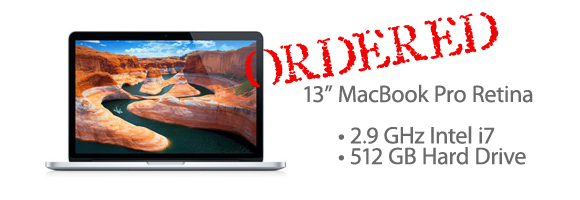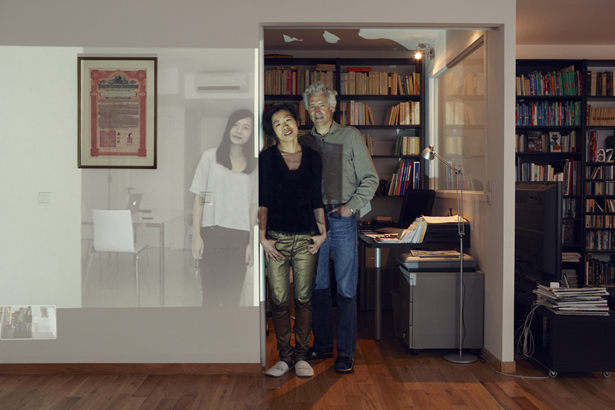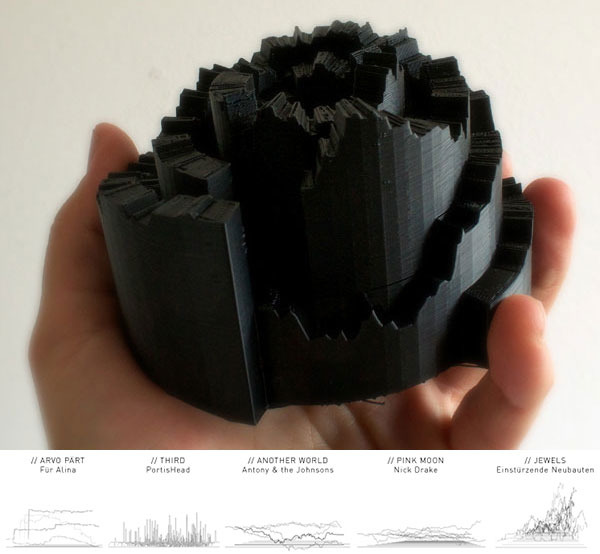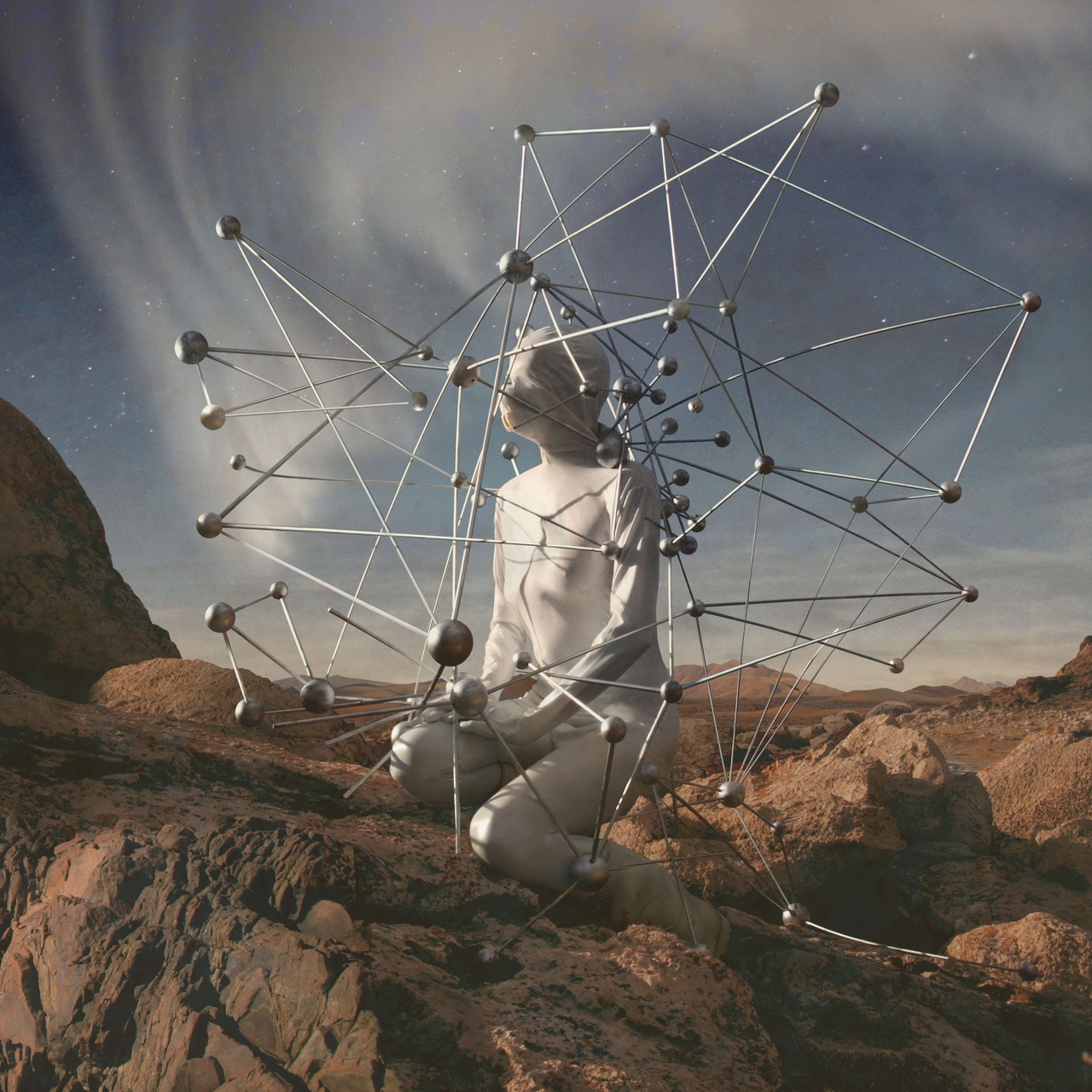The waiting game commences

I used to buy a new computer every 6 months when I was a decade younger. I’d package up and eBay the previous generation gear and roll the money into the latest and greatest from Apple twice a year. But when I got my 13″ MacBook in October of 2008, I found that the cycle had played itself out. 2009, 2010 and even 2011 came and went and the designs were mostly the same – and my little notebook kept chugging right along without any real issues.
This last year of freelance projects and a need for occasional forays into Windows has become increasingly sluggish, though. And then the advent of the Retina display on notebooks sealed the deal: it was time to upgrade, both for my strained eyes and for my cooked lap, burned under a more and more taxed set of four year old components.
So I plunked down an ungodly sum of money and placed an order for the above 13″ MacBook Pro on launch day today. I’ll be checking the tracking site and scouting the driveway for FedEx trucks nonstop from here until up to 5 business days from now. In some ways, perhaps nothing has changed in the last ten years…





